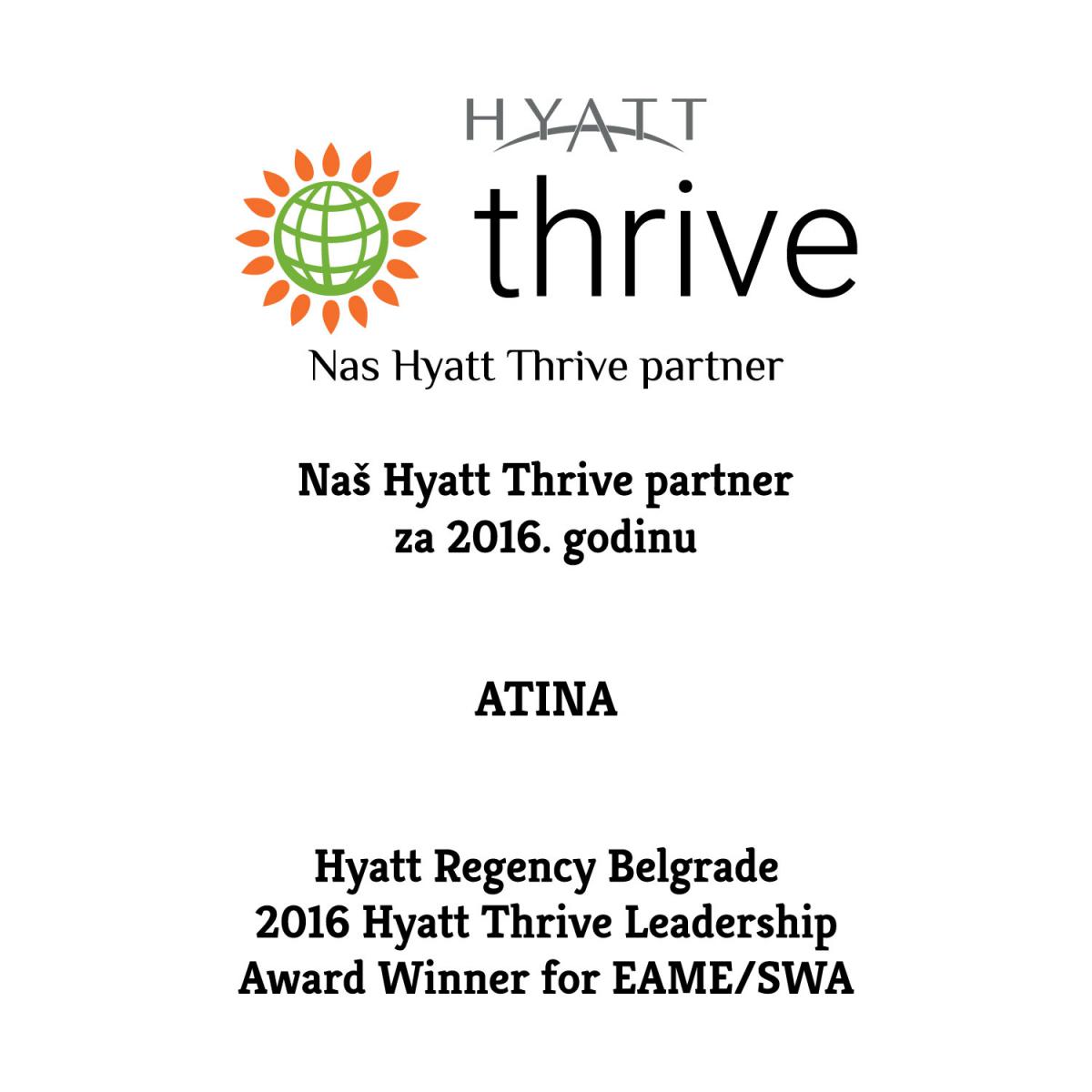Hotline: +381 61 63 84 071
Response to the increasing digital violence against women and girls

Response to the increasing digital violence against women and girls
Although they make up more than half of the world’s population, women and girls around the world are still at risk of being killed and exposed to violence, intimidation and harassment just because they are women. Violence against women and girls is the result of intersectional forms of social, political, economic, racial and cultural discrimination they are exposed to on a daily basis.
Together, these forms of discrimination not only increase the intensity and frequency of violence, but also its impunity that exists in communities, while increasing social and individual readiness to allow, tolerate or silence violence against women and girls.
The rapid development of information and communication technologies creates and facilitates new avenues for violence against women and girls and exposes them to a higher risk of abuse. This year's 16 Days of Activism campaign, which begins with the International Day for the Elimination of Violence against Women (November 25), is dedicated to shedding light on the violence women and girls suffer in the digital sphere.
A World Health Organization study shows that every third woman experiences some form of violence during her lifetime, and despite the relatively new and growing phenomenon of digital communications, it is estimated that one in ten women has already experienced some form of digital violence (30% of them since the age of 15).
COVID-19 pandemic as a breeding ground for digital violence against women and girls
As the coronavirus pandemic deepens economic and social gaps and inequalities, combined with restriction of movement and measures of social isolation, gender-based violence is growing exponentially. Also, the economic consequences are expected to push another 47 million women and girls into extreme poverty by the end of 2021, perpetuating structural inequalities that exacerbate violence against women and girls.
Greater presence of people in the virtual world, and social isolation due to the pandemic, have influenced the risks of various forms of digital violence to increase significantly. The COVID-19 pandemic has therefore exacerbated all risk factors for violence, including unemployment and poverty, and strengthened many of the underlying causes such as gender stereotypes and harmful societal norms. The United Nations estimates that 11 million girls worldwide may not return to school due to the consequences of COVID-19, which increases their risk of child marriages and sexual exploitation.
According to the latest estimates of the World Health Organization, almost 1 in 3 women and girls aged 15 and over worldwide have been exposed to physical or sexual violence by an intimate partner, non-partner or both, at least once in their lives, which indicates that that levels of violence against women have largely remained unchanged over the last decade. These numbers, however, do not reflect the impact of the pandemic and would be even greater if they included violence that affects women and girls on an ongoing basis, including sexual harassment, violence in the digital context, harmful practices, and sexual exploitation.
This increase is also indicated by the analysis of the organization Atina, conducted during the coronavirus pandemic, when a large part of global communication moved to the digital space. The findings of the analysis "Behind the Screens: An Analysis of Human Trafficking Victims’ Abuse in Digital Surroundings" show that one third of victims of trafficking were recruited via the Internet. Further, it was found that before, during and after exiting the trafficking situation, girls and women were highly exposed to abuse in digital surroundings. Specifically, 42% of the respondents suffered some form of digital violence, such as cyber stalking, vengeful publication of explicit/pornographic content, impersonation, i.e. false representation, etc. In the case of 31 percent of them, such relatively new types of abuse were used for the purpose of recruitment or exploitation, i.e. directly related to the trafficking situation.
Half of the interviewed victims of trafficking said that the perpetrators possessed content they used to blackmail them and force them to various types of exploitation - 29 percent of respondents said they were told that explicit content or information about them would be sent to family members, and 21 percent of them were faced with the threat of being embarrassed by posts on public portals. The analysis further emphasizes that stalking is one of the most common types of abuse in the digital environment, and that as many as 55% of respondents have experienced it. It is pointed out that stalking was most often carried out by acquaintances, then family members (23 percent), and partners (18 percent). At the same time, as many as 63 percent of respondents suffered abuse by recording and further distribution of content without consent. In terms of the content that was distributed, in the majority of cases (64 percent) it was content with elements of pornography.
Response to the increasing digital violence against women and girls
In its first recommendation on the "digital dimension" of violence against women, adopted in October 2021, the Council of Europe Expert Group on Action against Violence against Women and Domestic Violence (GREVIO) defines and highlights the problem of gender-based violence against women committed in the digital sphere. as well as technologies that allow attacks on women and girls, such as legally available tracking devices that enable perpetrators to monitor the victims.
Following the implementation of the Istanbul Convention, GREVIO has identified major gaps in domestic laws related to violence against women through such technologies and in the digital sphere. The Recommendation establishes a clear definition of the digital dimension of violence against women and proposes concrete actions to be taken, based on the four pillars of the Istanbul Convention: prevention, protection, prosecution and coordinated policies.
Multiple, comparative and multidisciplinary work is necessary in order to recognize digital violence and adequately introduce it into the normative framework, i.e. to provide a legal framework that clearly refers to violence against women and covers and criminalizes all forms of violence committed in the digital sphere.
Support services need to be made available, including legal and psychological counseling to all victims of violence against women committed in the digital sphere, including such violence committed in the context of domestic violence. There is also a need to improve existing community resources to support women and develop new, financial and human resources. This would provide holistic services, including legal and technical advice on removing harmful digital content, as well as general and specialist support services for women victims of violence, including shelters and non-residential counseling services, economic support and empowerment.
Furthermore, it is necessary to conduct awareness-raising campaigns aimed at women and girls, but also men and boys, which are adapted to various social groups, in order to recognize and understand the concepts of digital violence, its prevalence and harmfulness, and to offer services that are available to victims. In its recommendation, GREVIO also points to the importance of the support that states parties should provide in order to support the efforts of women's organizations in achieving these goals.
Stopping violence against women begins with the principle of “we believe survivors”, by adopting comprehensive and inclusive approaches that address the root causes of violence and that transform harmful social norms and practices and empower women and girls. By prioritizing issues and agendas that most broadly address issues relevant to women and girls at all levels, we minimize the risks of violence against women and girls.












 FACEBOOK
FACEBOOK TWITTER
TWITTER YOUTUBE
YOUTUBE